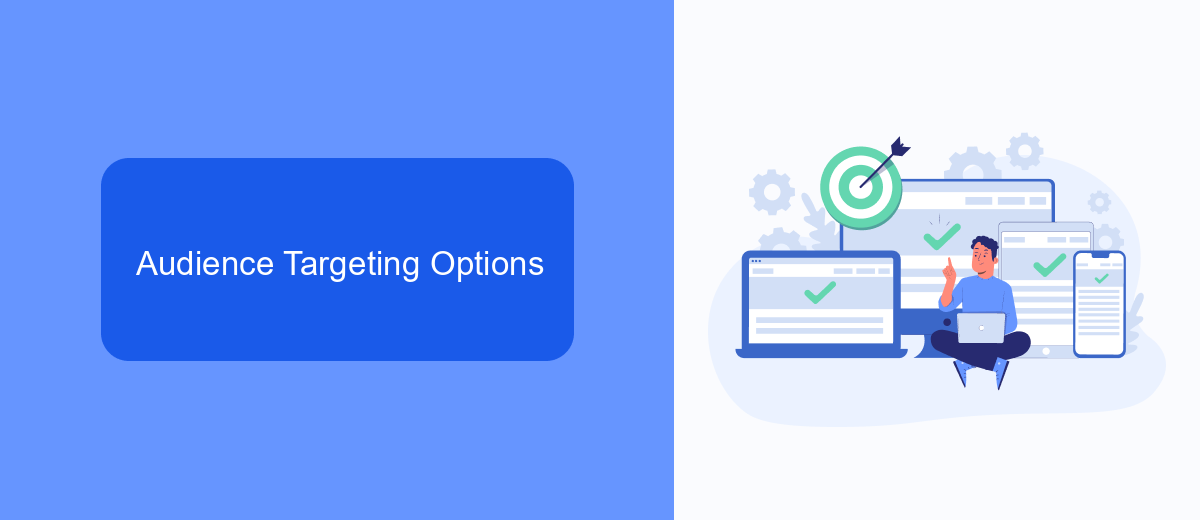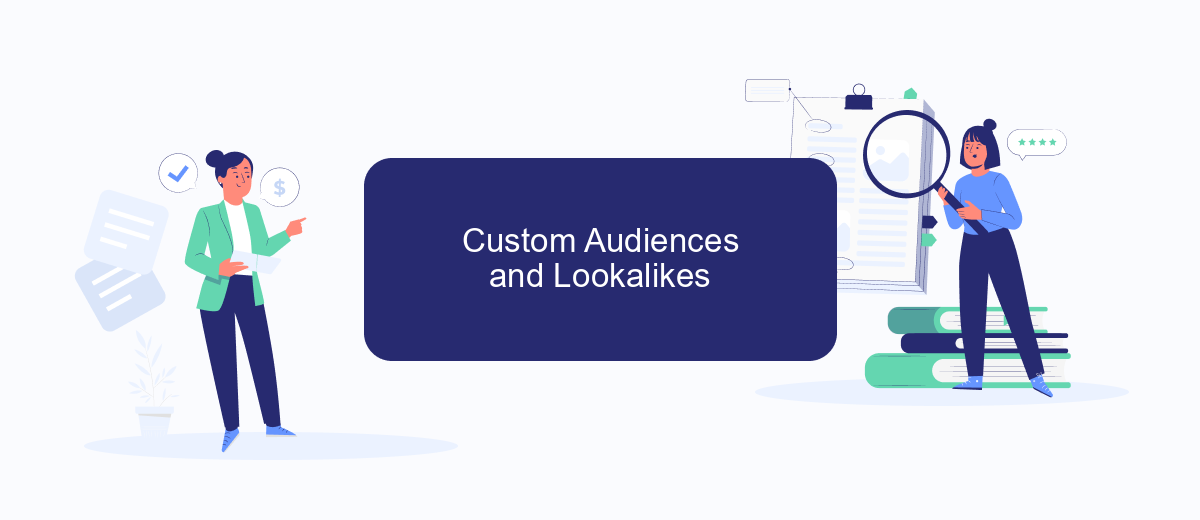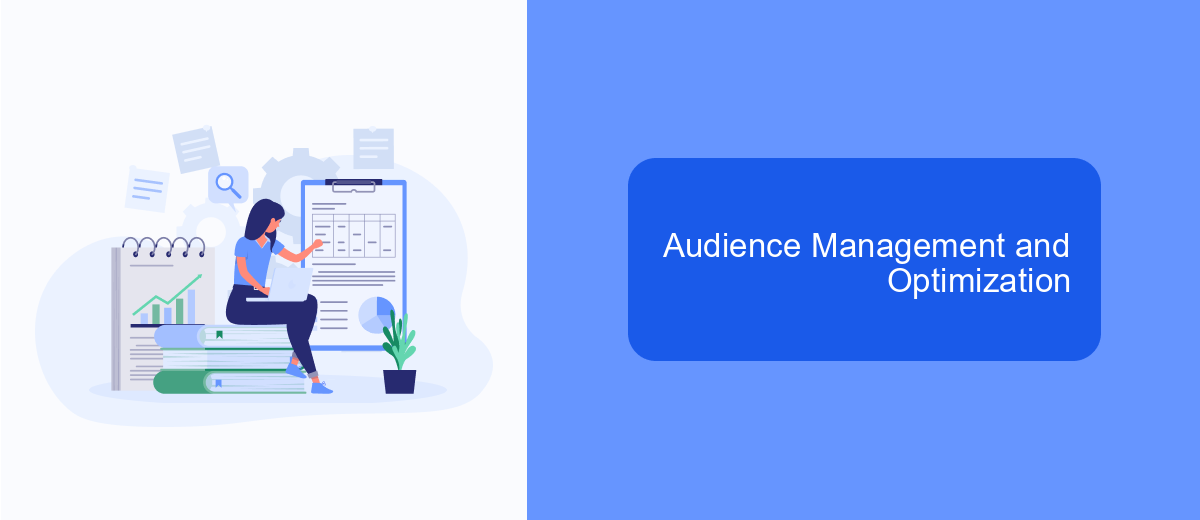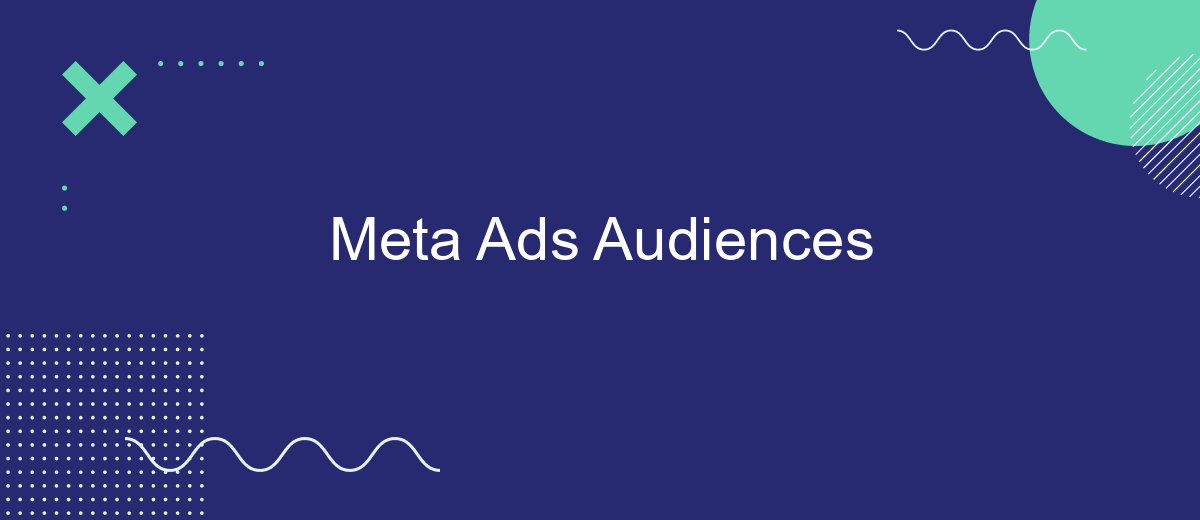Meta Ads Audiences are a powerful tool for businesses looking to target specific groups with precision. By leveraging detailed demographic data, interests, and behaviors, Meta Ads allows advertisers to reach their ideal customers more effectively. This article explores the various types of audiences available within Meta Ads, providing insights on how to optimize your campaigns for maximum engagement and conversion.
Meta Ads Audience Creation
Creating effective Meta Ads audiences is crucial for successful ad campaigns. By defining specific audience parameters, you can ensure that your ads reach the most relevant users, increasing engagement and conversion rates. Start by identifying your target audience based on demographics, interests, and behaviors.
- Demographics: Age, gender, location, language
- Interests: Hobbies, entertainment, lifestyle preferences
- Behaviors: Purchase history, device usage, online activities
To streamline the process, consider using integration services like SaveMyLeads. This tool automates data transfer between various platforms, ensuring your audience data is always up-to-date and accurate. By leveraging such services, you can save time and focus on optimizing your ad strategies, ultimately driving better results for your campaigns.
Audience Targeting Options

Meta Ads offers a variety of audience targeting options to help businesses reach their ideal customers. You can create custom audiences based on criteria such as demographics, interests, and behaviors. Additionally, lookalike audiences enable you to target people similar to your existing customers, enhancing the chances of engagement and conversions. By leveraging these options, you can ensure your ads are seen by the most relevant users, maximizing your advertising ROI.
For businesses looking to streamline their audience targeting, integrating tools like SaveMyLeads can be beneficial. SaveMyLeads allows you to automate the transfer of leads from your Meta Ads campaigns to your CRM or email marketing platforms. This integration ensures that your audience data is always up-to-date and accurate, enabling more effective targeting and follow-up. By utilizing such services, you can save time and focus on optimizing your ad strategies for better results.
Custom Audiences and Lookalikes

Custom Audiences and Lookalikes are powerful tools in Meta Ads that allow advertisers to target specific groups of users based on their previous interactions or similarities to existing customers. By leveraging these tools, businesses can enhance their ad campaigns and improve their return on investment.
- Custom Audiences: This feature lets you create audiences from your customer data, such as email lists, website visitors, or app users. You can upload your data directly to Meta Ads Manager or use third-party services like SaveMyLeads to automate the process.
- Lookalike Audiences: Once you have a Custom Audience, you can create Lookalike Audiences to find new users who share similar characteristics with your best customers. This helps you expand your reach and attract potential clients who are more likely to engage with your brand.
Using Custom Audiences and Lookalike Audiences can significantly boost your ad performance by targeting the right people at the right time. Integrating tools like SaveMyLeads can streamline the data upload process, ensuring your audiences are always up-to-date and accurate.
Audience Management and Optimization

Effective audience management and optimization are crucial for maximizing the performance of your Meta Ads campaigns. By understanding and segmenting your audience, you can tailor your ads to meet the specific needs and preferences of different user groups, leading to higher engagement and conversion rates.
One of the key strategies in audience management is continuous monitoring and adjustment. Regularly analyze the performance data of your ads to identify which segments are performing well and which are underperforming. This allows you to allocate your budget more efficiently and make informed decisions about your targeting strategies.
- Utilize advanced targeting options to reach specific demographics and interests.
- Leverage retargeting to re-engage users who have previously interacted with your brand.
- Experiment with lookalike audiences to find new potential customers similar to your best-performing segments.
- Integrate automation tools like SaveMyLeads to streamline data collection and audience segmentation.
By implementing these strategies and leveraging tools like SaveMyLeads, you can create highly targeted and effective Meta Ads campaigns. This not only enhances your ad performance but also ensures that your marketing efforts are reaching the right people at the right time.
Best Practices for Effective Meta Ads Audiences
To create effective Meta Ads audiences, start by leveraging detailed customer insights. Utilize Meta's Audience Insights tool to analyze demographic data, interests, and behaviors of your target audience. This will help you create precise audience segments that are more likely to engage with your ads. Additionally, consider using Custom Audiences to retarget users who have previously interacted with your brand. This can include website visitors, app users, or those who have engaged with your social media content.
Integration tools like SaveMyLeads can further enhance your audience targeting by automating the transfer of lead data from various platforms into your Meta Ads manager. This ensures that your audience segments are always up-to-date and accurate, allowing for more effective ad campaigns. Additionally, regularly A/B test different audience segments and ad creatives to identify what resonates best with your audience. By continuously refining your targeting strategies and utilizing automation tools, you can maximize the effectiveness of your Meta Ads campaigns.
FAQ
What are Meta Ads Audiences?
How do I create a Custom Audience in Meta Ads?
What is a Lookalike Audience?
How can I automate the process of updating my Meta Ads Audiences?
What is the difference between Saved Audiences and Custom Audiences?
Would you like your employees to receive real-time data on new Facebook leads, and automatically send a welcome email or SMS to users who have responded to your social media ad? All this and more can be implemented using the SaveMyLeads system. Connect the necessary services to your Facebook advertising account and automate data transfer and routine work. Let your employees focus on what really matters, rather than wasting time manually transferring data or sending out template emails.
